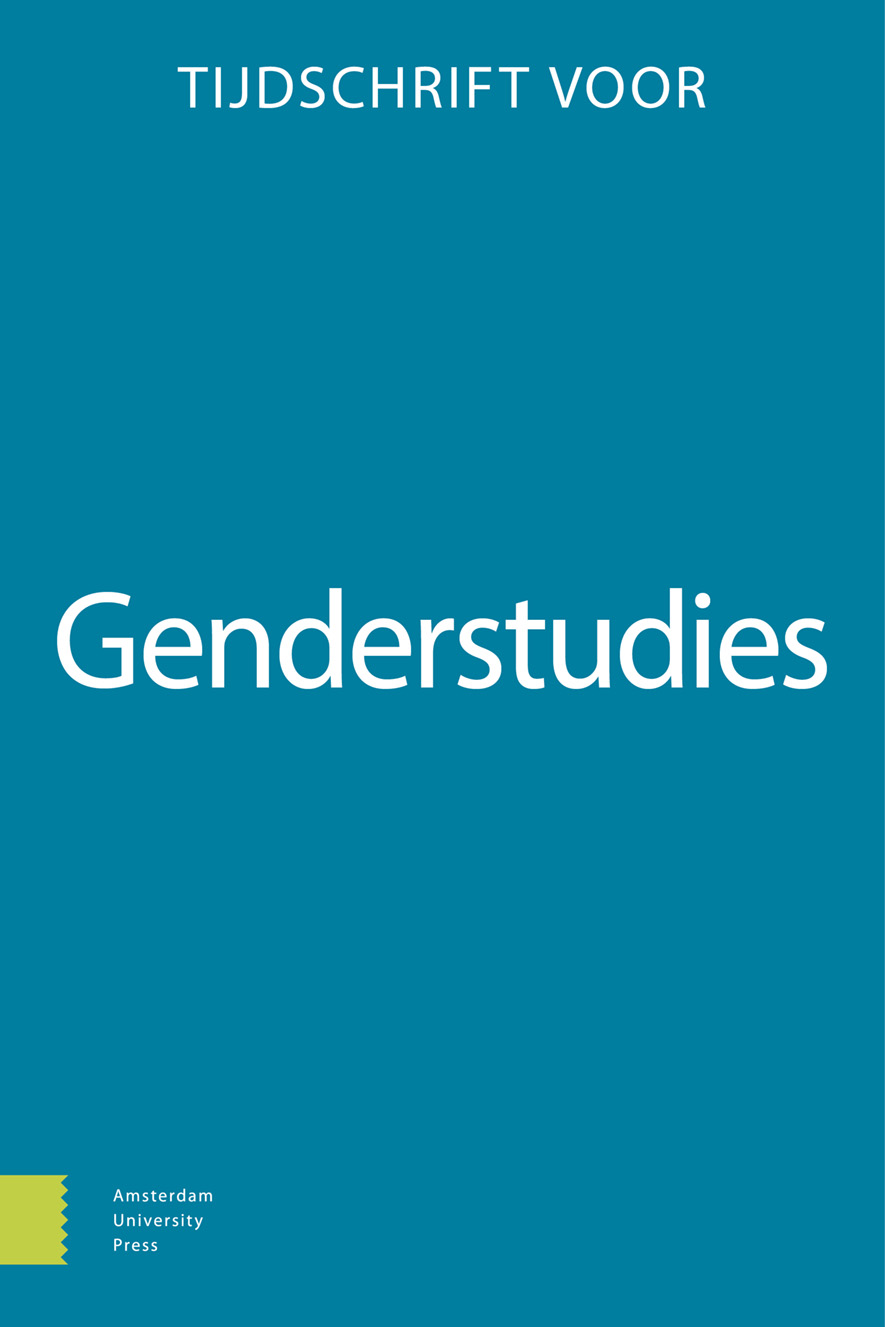-
oa The Gender Sensitivity of Parliament through its Symbolic Function
Women MPs’ Perceptions and Experiences in the Belgian Federal Parliament
- Amsterdam University Press
- Source: Tijdschrift voor Genderstudies, Volume 27, Issue 4, Dec 2024, p. 312 - 329
-
- 01 Dec 2024
Abstract
Research on gender equality in political representation has become increasingly attentive to the assessment of gender sensitivity in parliaments. Beyond academic interest, national parliaments and international parliamentary organisations are engaged in the audit of institutional gender-sensitivity. In the context of the Belgian Federal Parliament, a similar trend has unfolded, prompting action from its two Speakers. This article adds to the scholarship on gender-sensitive parliaments by emphasizing the value of female MPs’ experiences in assessing gender sensitivity within the Belgian Federal Parliament. Using a qualitative approach, this study includes eight in-depth walking interviews with female MPs to explore their perceptions of the gender sensitivity of parliament’s physical spaces. Their insights are essential for parliaments to refine and improve gender sensitivity measures. Furthermore, assessing the effectiveness of these measures in specific parliamentary contexts is vital, as each parliament operates within a distinct socio-political environment, making universal solutions inadequate. The main aim of this article is to stress the significance of integrating MPs’ lived experiences with parliamentary spaces and proposed initiatives to ensure that policies designed to enhance gender sensitivity are both contextually relevant and effective.


